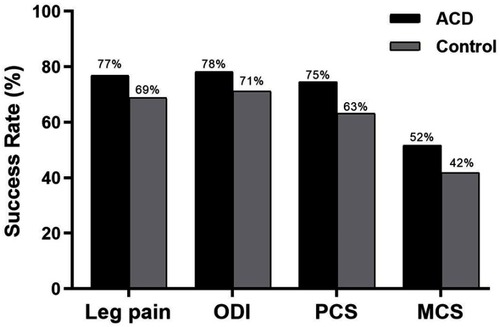Figures & data
Figure 1 Enrollment and randomization of patients.
Abbreviation: ACD, annular closure device.
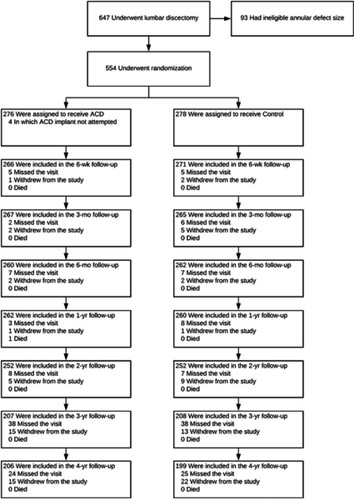
Figure 2 Cumulative risk of reoperation over 4 years of follow-up.
Abbreviation: ACD, annular closure device.
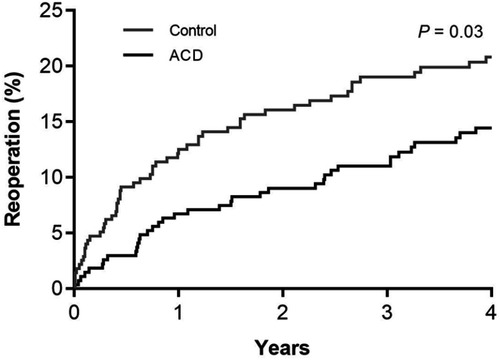
Figure 3 Hazard ratio for reoperation by baseline patient characteristics.
Abbreviations: ACD, annular closure device; BMI, body mass index; ODI, Oswestry Disability Index.
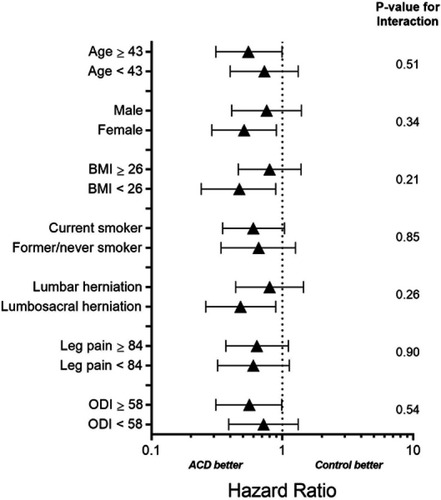
Table 1 Predictors of reoperation through 4 years by treatment group
Figure 4 Change in leg pain severity over 4 years of follow-up.
Abbreviation: ACD, annular closure device.
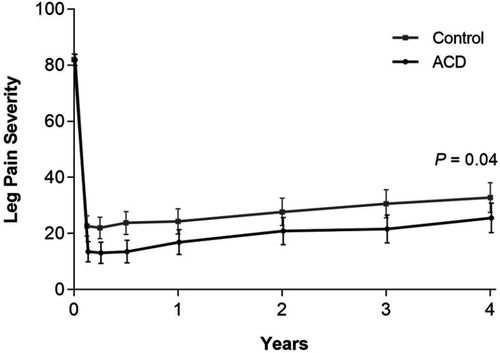
Figure 5 Change in Oswestry Disability Index over 4 years of follow-up.
Abbreviation: ACD, annular closure device.
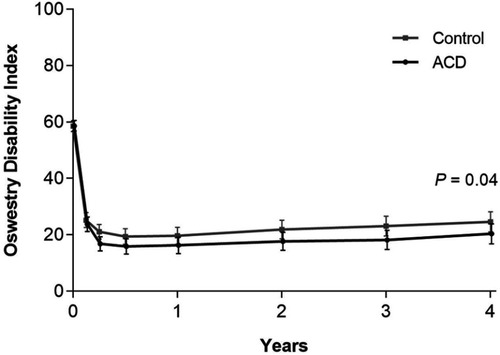
Figure 6 Change in Physical Component Summary score from SF-36 questionnaire over 4 years of follow-up.
Abbreviations: ACD, annular closure device; SF-36, 36-Item Short Form Health Survey.
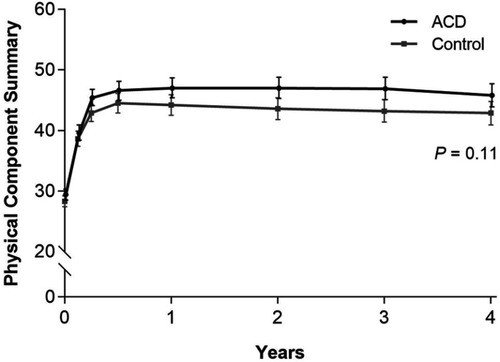
Figure 7 Change in Mental Component Summary score from SF-36 questionnaire over 4 years of follow-up.
Abbreviations: ACD, annular closure device; SF-36, 36-Item Short Form Health Survey.

Figure 8 Percentage of patients achieving the minimal clinically important difference in patient-reported outcomes over 4 years of follow-up.
Abbreviations: ACD, annular closure device; MCS, Mental Component Score; ODI, Oswestry Disability Index; PCS, Physical Component Score.
